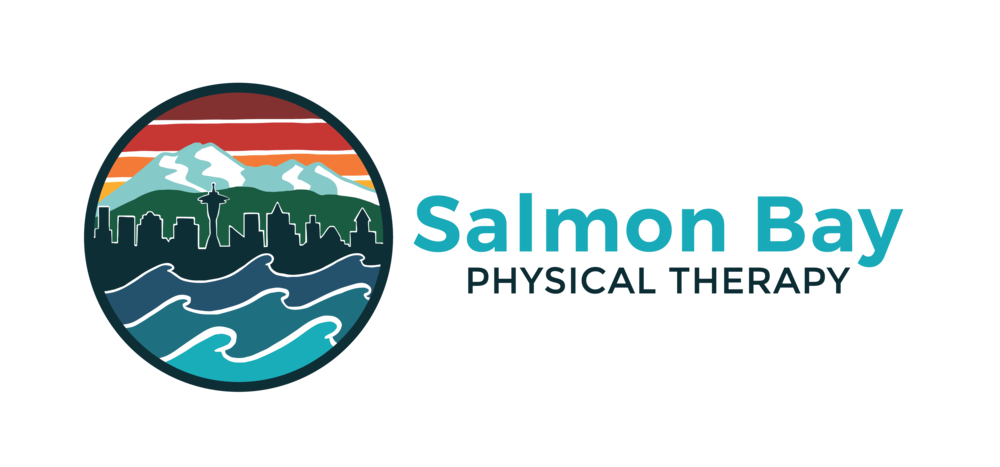Neck Pain
Below are some of the most common conditions impacting the neck, as described by the American Physical Therapy Association.
Cervicalgia (Neck Pain)
Neck pain is pain felt in the back of the neck – the upper spine area, just below the head. When certain nerves are affected, the pain can extend beyond the back of the neck to areas such as the upper back, shoulder, and arm. It is estimated that neck pain affects approximately 30% of the US population each year. Neck pain can be caused by sudden trauma such as a fall, sports injury, or car accident, or by long-term problems in the spine. Neck pain most frequently affects adults aged 30 to 50 years. Some studies indicate that women are more likely to suffer neck pain than men. Poor posture, obesity, smoking, repetitive lifting, office and computer work, and involvement in athletic activity are all risk factors for developing neck pain. People with neck pain can have difficulty performing activities such as working, driving, playing sports, or simply turning their heads. The majority of neck pain episodes do not require surgery and respond best to physical therapy.
Herniated DisK
A herniated disk occurs when the cushion-like cartilage (the disc) between the bones of the spine is torn, and the gelatin-like core of the disk leaks. Often mistakenly called a slipped disk, a herniated disk can be caused by sudden trauma or by long-term pressure on the spine. This condition most often affects people aged 30 to 50 years; men are twice as likely to be diagnosed as women. Repeated lifting, participating in weight-bearing sports, obesity, smoking, and poor posture are all risk factors for a herniated disk. The majority of herniated disks do not require surgery, and respond best to physical therapy. Physical therapists design individualized treatment programs to help people with herniated disks regain normal movement, reduce pain, and get back to their regular activities.
Cervical Radiculopathy
Cervical radiculopathy is often referred to as a pinched nerve in the neck. It is characterized by radiating pain from the neck to the shoulder, shoulder blade, arm, or hand. Weakness and lack of coordination in the arm and hand can also occur. The condition affects an average of 85 out of 100,000 people—most often individuals in their 50s. Athletes, heavy laborers, and workers who use vibrating machinery are commonly affected. People who sit for long periods of time, or individuals with arthritis in the cervical (neck) region can also be affected. Conservative care, including physical therapy, can help reduce symptoms. A physical therapist can help alleviate the acute neck and arm symptoms that result from the condition, as well as improve general strength and function. Most cases of cervical radiculopathy are resolved with physical therapy and do not require surgery.



